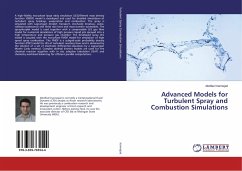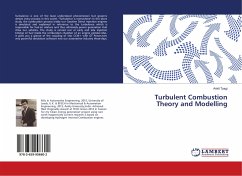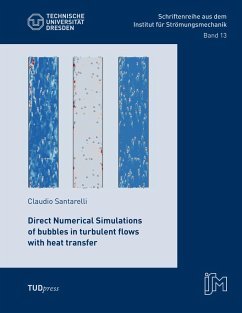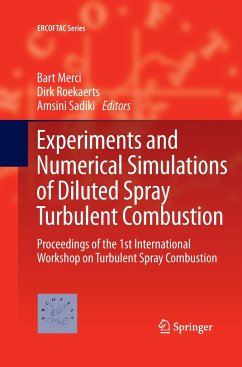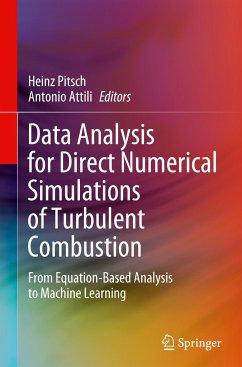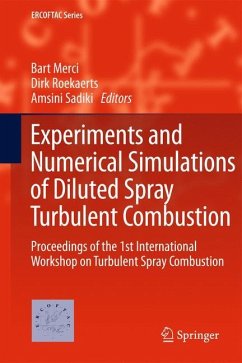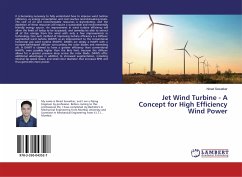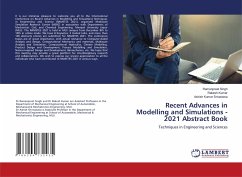
Turbulent Jet Flames: from Modelling to Simulations
Zero-gravity, finite-gravity, and high-speed jet flames
Versandkostenfrei!
Versandfertig in 6-10 Tagen
39,99 €
inkl. MwSt.

PAYBACK Punkte
20 °P sammeln!
In the first part of this work, the impact of gravity on transitional and turbulent jet flames is investigated through Direct and Large Eddy Simulations (LES). It is shown that in the absence of gravity, combustion damps the flow instability; hence reduces turbulence production and jet growth. However, in the finite-gravity conditions, combustion generated density variations may promote turbulence and enhance both the mixing and combustion through buoyancy effects. In the second part, the LES/FMDF model is extended towards multi-step chemistry with realistic thermodynamic properties, such that...
In the first part of this work, the impact of gravity on transitional and turbulent jet flames is investigated through Direct and Large Eddy Simulations (LES). It is shown that in the absence of gravity, combustion damps the flow instability; hence reduces turbulence production and jet growth. However, in the finite-gravity conditions, combustion generated density variations may promote turbulence and enhance both the mixing and combustion through buoyancy effects. In the second part, the LES/FMDF model is extended towards multi-step chemistry with realistic thermodynamic properties, such that the predictions could be compared with laboratory flame measurements. The consistency of the Eulerian and the Lagrangian solutions are discussed, and an efficient algorithm for parallelization of the hybrid code is presented. Comparisons with the Sandia s piloted methane jet flames (flame D and F) are performed and good agreements in the case of the near-equilibrium flame D have been achieved with a flamelet-based chemistry model, as well as with multi-step kinetics.



